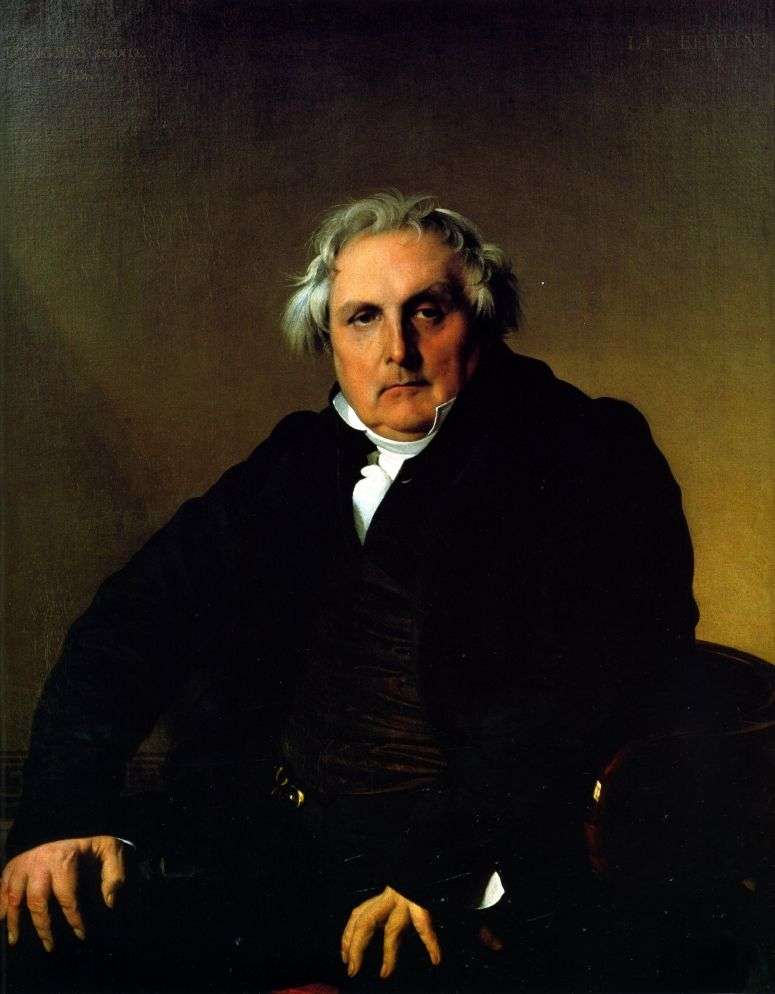
Louis Francois Bertin published the popular newspaper “Deba”. Visitors to the Salon of 1833, who saw the portrait of Bertin exhibited there, were shocked by his realism. It was said that the master decided in this work to “completely submit and follow nature.” Daughter Berten discontentedly noticed that the portrait of her father is like a “fat farmer.” But the noise that arose around the work was largely superficial, and the assessments did not differ in depth. In fact, the force of the impact of this work, which did not cause doubts, was determined by the magnificent possession of the form.
Under the apparent realism, a skilful imitation was hidden. The decisive role here played the only true position in which the publisher was captured. It was not given to Angra for a long time, but Bertin himself found it. If one is to believe one of the artist’s pupils, Ingry “caught” this casual pose during the next session, after which he joyfully exclaimed: “Tomorrow your portrait will be ready!” The picture was a symbol of the coming era, the main character of which was the liberal bourgeois.
The self-confidence of Mr. Bertin and the definite aggression of his whole image – in combination with the monumental character of the figure – subsequently evoked the well-known characteristic of this work, given by Edouard Manet. He called her “a portrait of a bourgeois Buddha.”
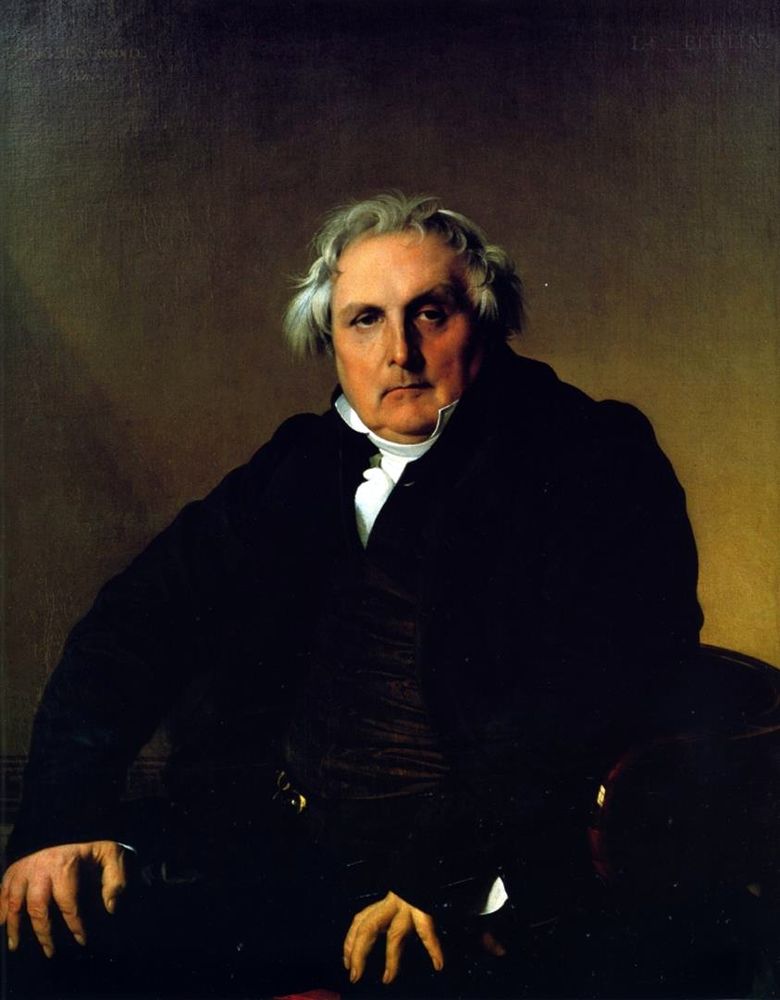 Portrait de Louis François Bertin – Jean Auguste Dominique Ingres
Portrait de Louis François Bertin – Jean Auguste Dominique Ingres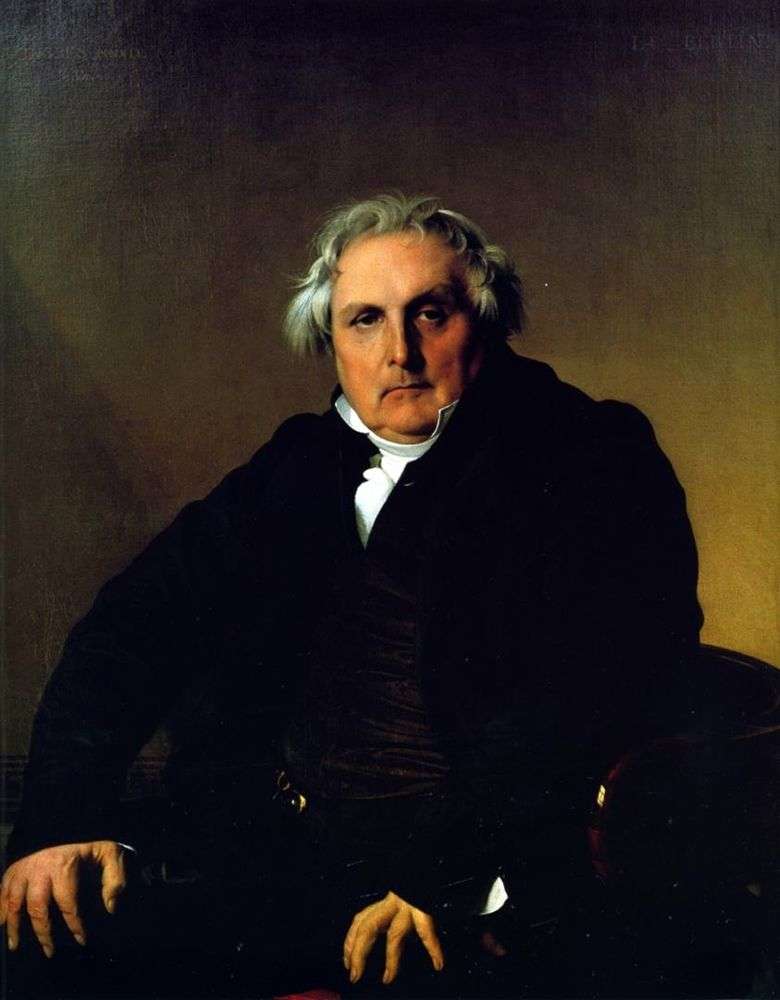 Retrato de Louis Francois Bertin – Jean Auguste Dominique Ingres
Retrato de Louis Francois Bertin – Jean Auguste Dominique Ingres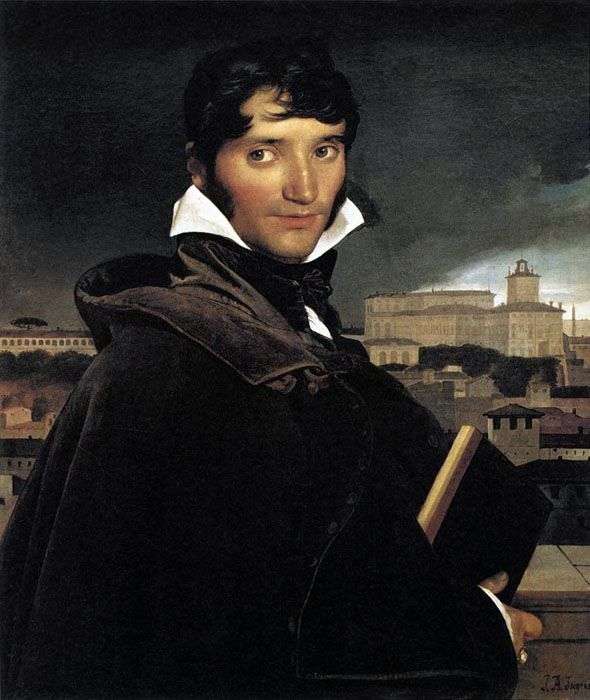 Portrait of the artist François Marius Graine by Jean Auguste Dominique Ingres
Portrait of the artist François Marius Graine by Jean Auguste Dominique Ingres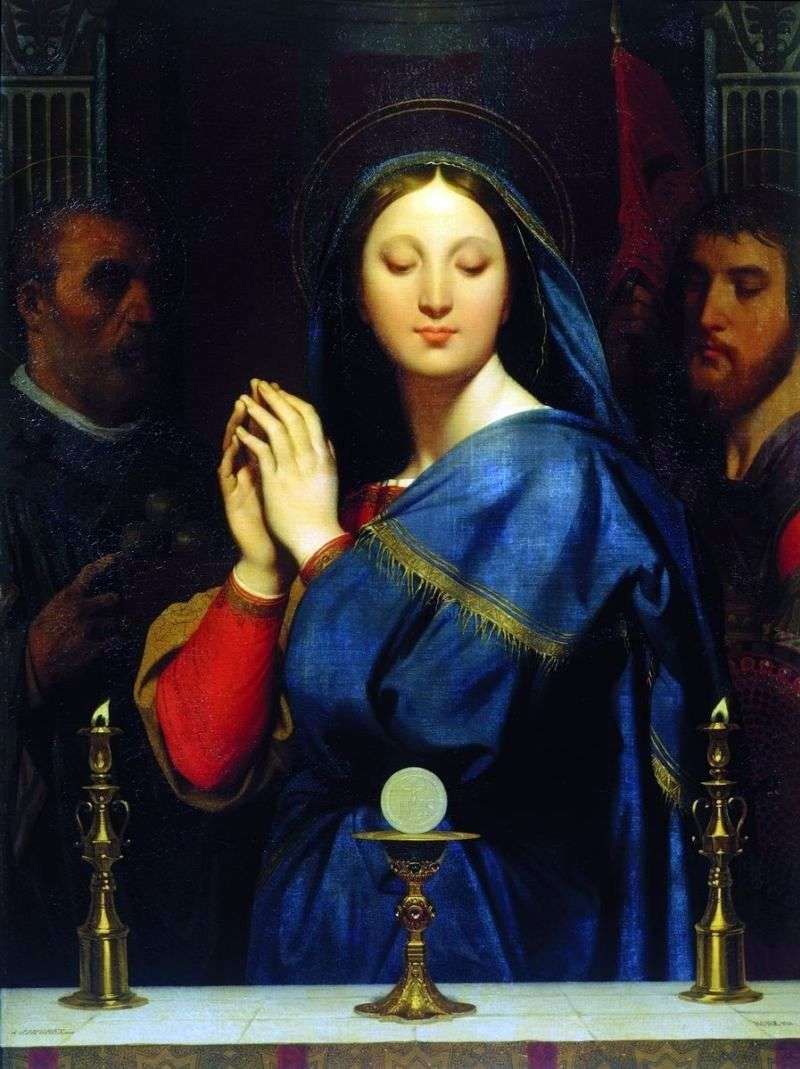 Madonna in front of a cup with participle by Jean Auguste Dominique Ingres
Madonna in front of a cup with participle by Jean Auguste Dominique Ingres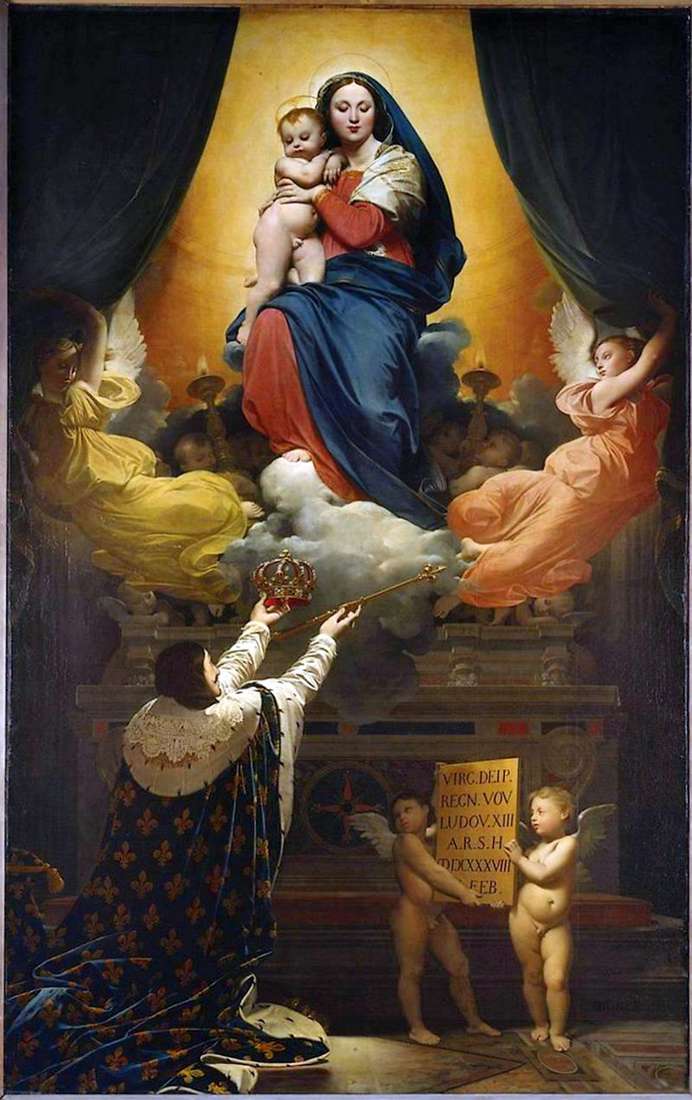 Vow of Louis XIII by Jean Auguste Dominique Ingres
Vow of Louis XIII by Jean Auguste Dominique Ingres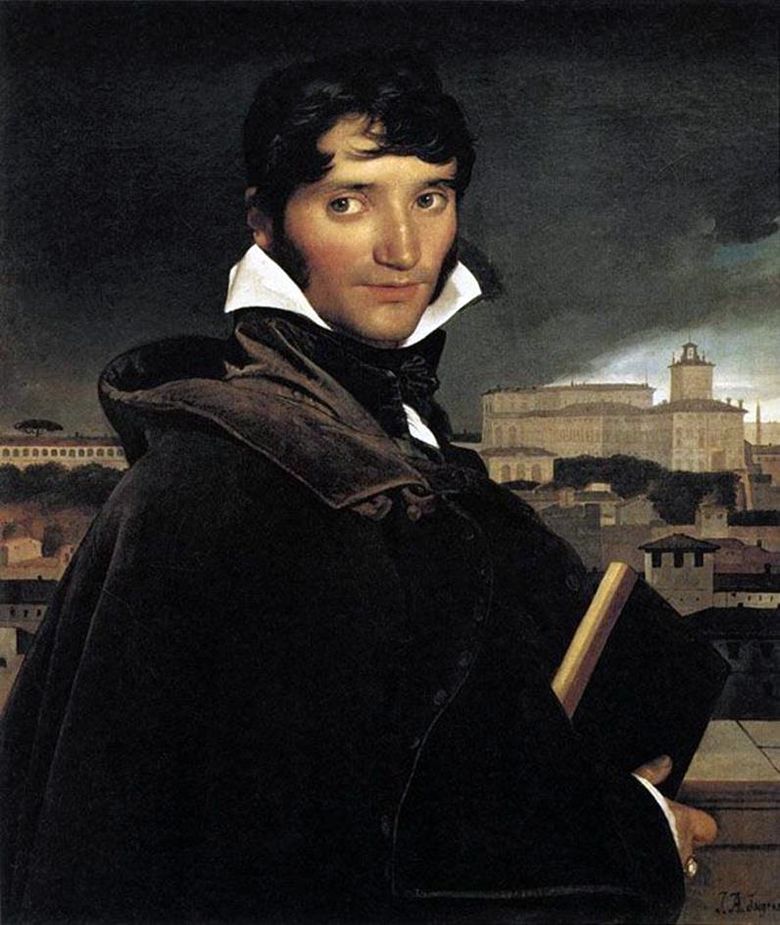 Portrait de l’artiste François Marius Granet – Jean Auguste Dominique Ingres
Portrait de l’artiste François Marius Granet – Jean Auguste Dominique Ingres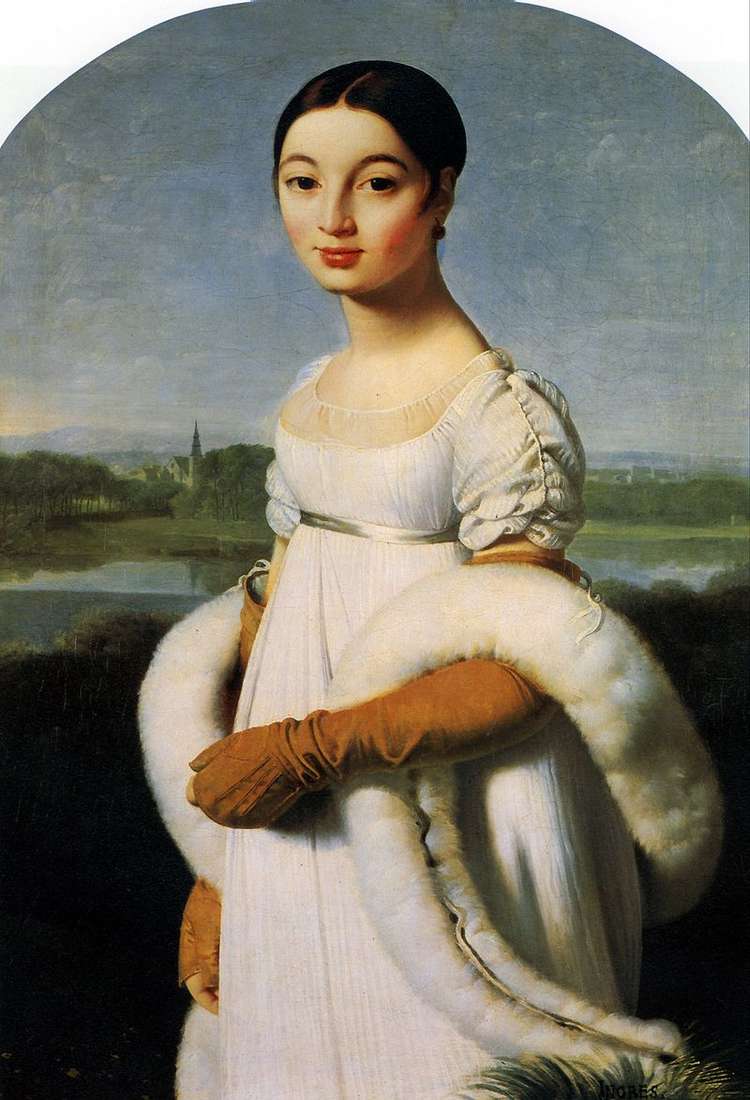 Mademoiselle Caroline Riviere by Jean Auguste Dominique Ingres
Mademoiselle Caroline Riviere by Jean Auguste Dominique Ingres Portrait of Count ND Guriev by Jean Auguste Dominique Ingres
Portrait of Count ND Guriev by Jean Auguste Dominique Ingres